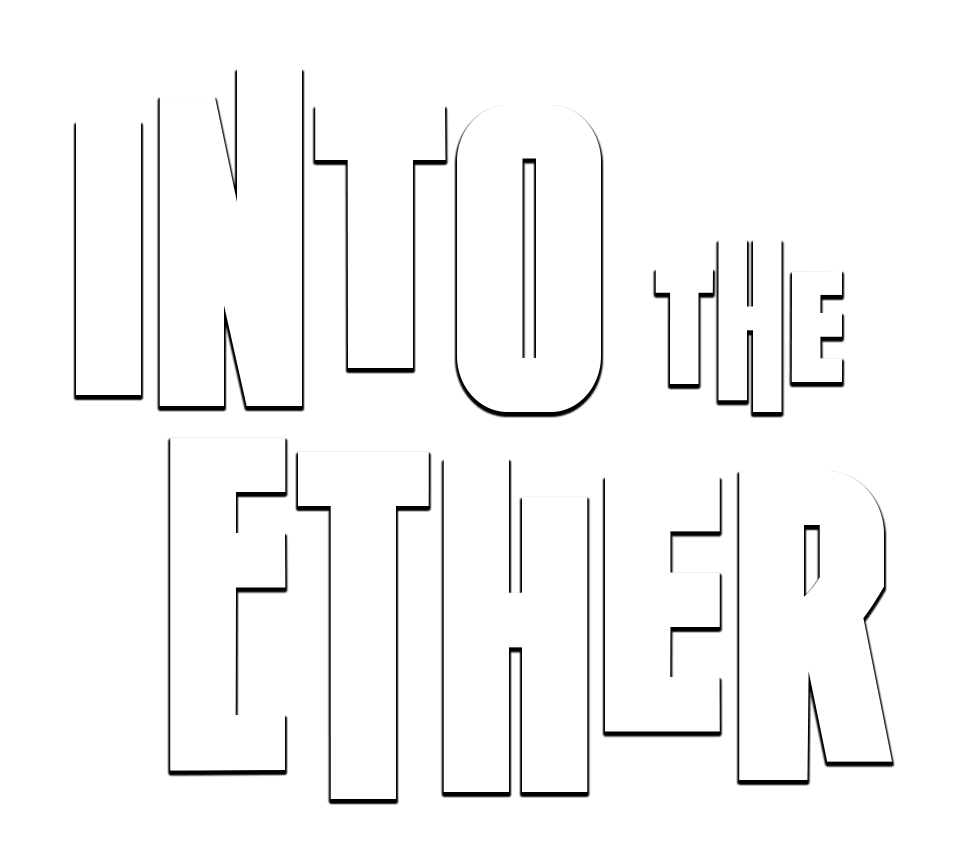It Was Code
These early codices were primitive, consisting of inscriptions on stone tablets or intricate carvings on ancient trees. They were the first attempts at structuring and preserving knowledge, allowing the passage of wisdom from generation to generation.
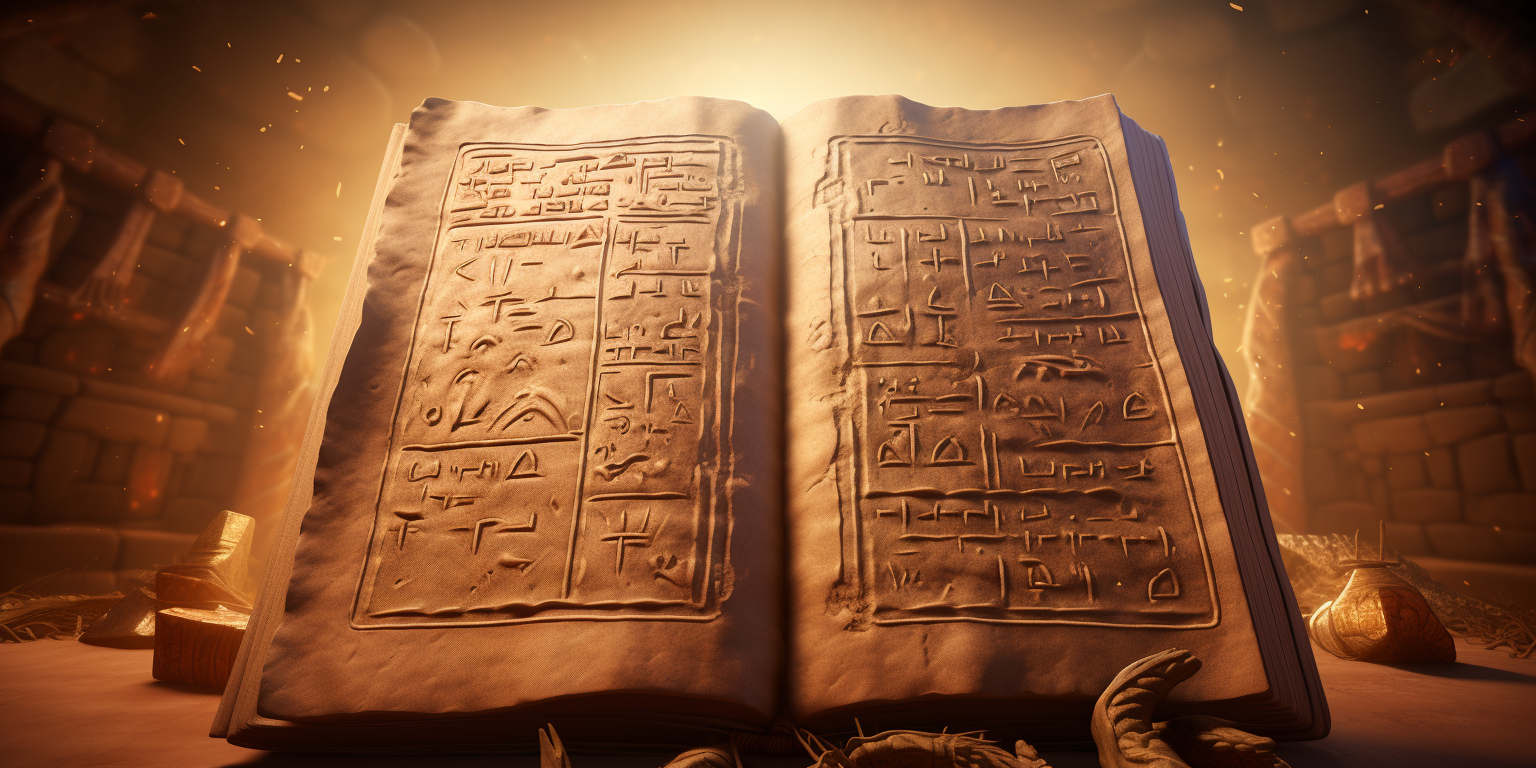
In the beginning, long before the written word and formal languages, our ancestors communicated through a complex system of gestures, sounds, and symbols. They painted images on cave walls, etched patterns in clay tablets, and drew lines in the sand to convey their thoughts and experiences.
As time passed, humanity's desire for precision and the need to convey increasingly abstract ideas gave rise to the concept of a codex. These early codices were primitive, consisting of inscriptions on stone tablets or intricate carvings on ancient trees. They were the first attempts at structuring and preserving knowledge, allowing the passage of wisdom from generation to generation.
The evolution continued, and with it came the development of language. Language was a breakthrough—an amalgamation of sounds, words, and grammar that could articulate not just the tangible but also the abstract. It allowed people to share stories, convey emotions, and ponder the mysteries of the universe. Language was a powerful tool for thought and communication, enabling humanity to unite, expand knowledge, and progress as a species.

Yet, the hunger for advancement persisted. Over time, humanity sought ways to encode information more efficiently and transmit it across vast distances. This quest gave birth to code—a systematic arrangement of symbols, often in a secret or specialized form, to communicate messages covertly or precisely. Code unlocked new possibilities, from encrypted military orders to the elegant algorithms of mathematics.
Code, in its essence, was an evolution of language—a specialized, structured form that conveyed meaning with precision. It drew from the wellspring of human language, refining it into a tool for both communication and computation. Code became the backbone of modern technology, from computer programs to the language of the internet.
In this intricate journey from symbols to codices, and from language to code, one can trace the profound human thirst for expression, understanding, and progress. Each step built upon the last, shaping our ability to share knowledge, dreams, and discoveries with ever-increasing sophistication. It is a testament to the ingenuity and relentless curiosity of humanity, as we continue to push the boundaries of communication and encode the complexities of our world.
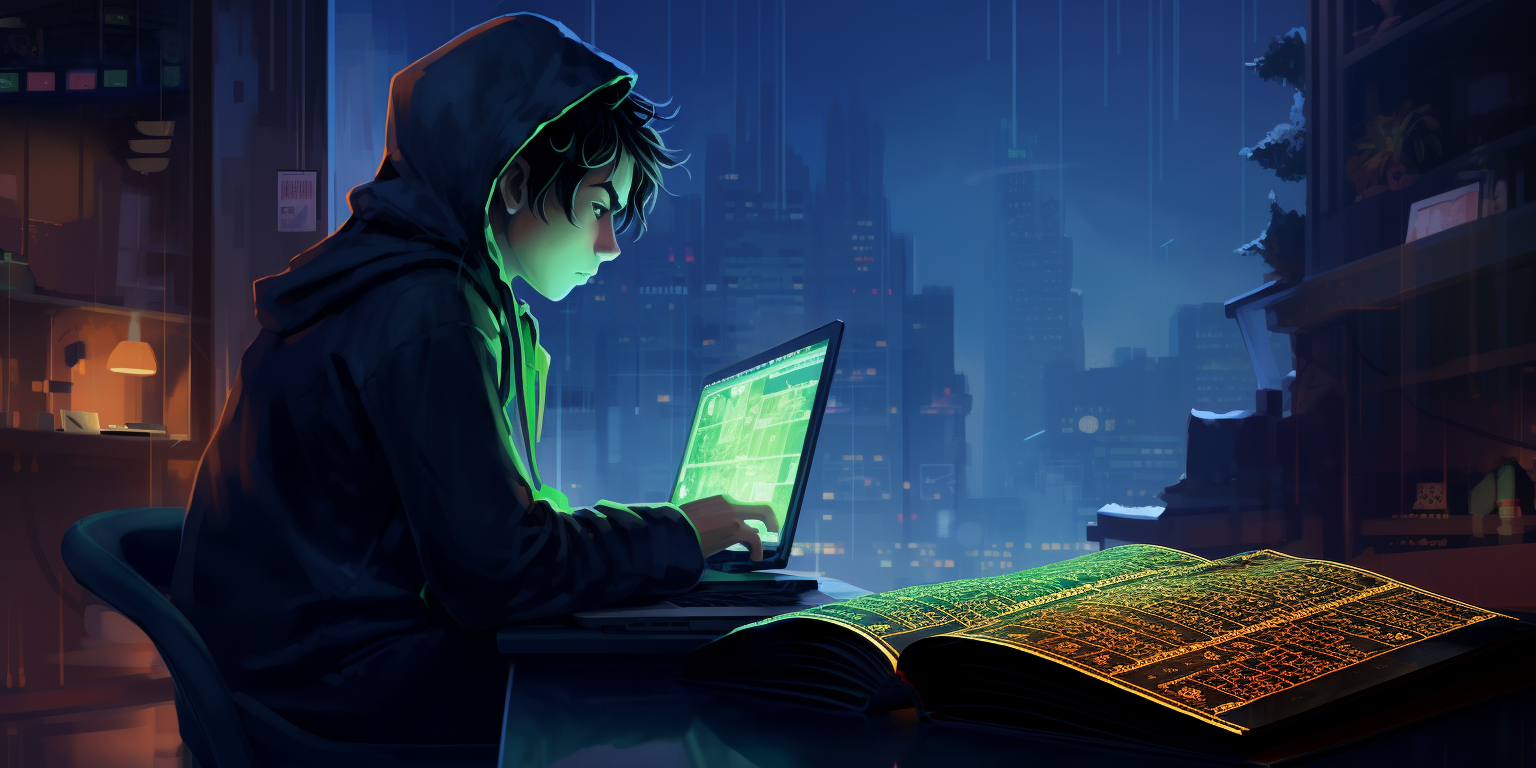
Rain pattered gently against the tin roof of Gou's study, as he carefully unrolled the recently discovered scroll. This wasn’t any ordinary artifact; the scroll's material—neither rubber nor paper, yet more durable than both—had baffled scientists. Yet it was the inscriptions on this resilient medium that captured Gou’s fascination.
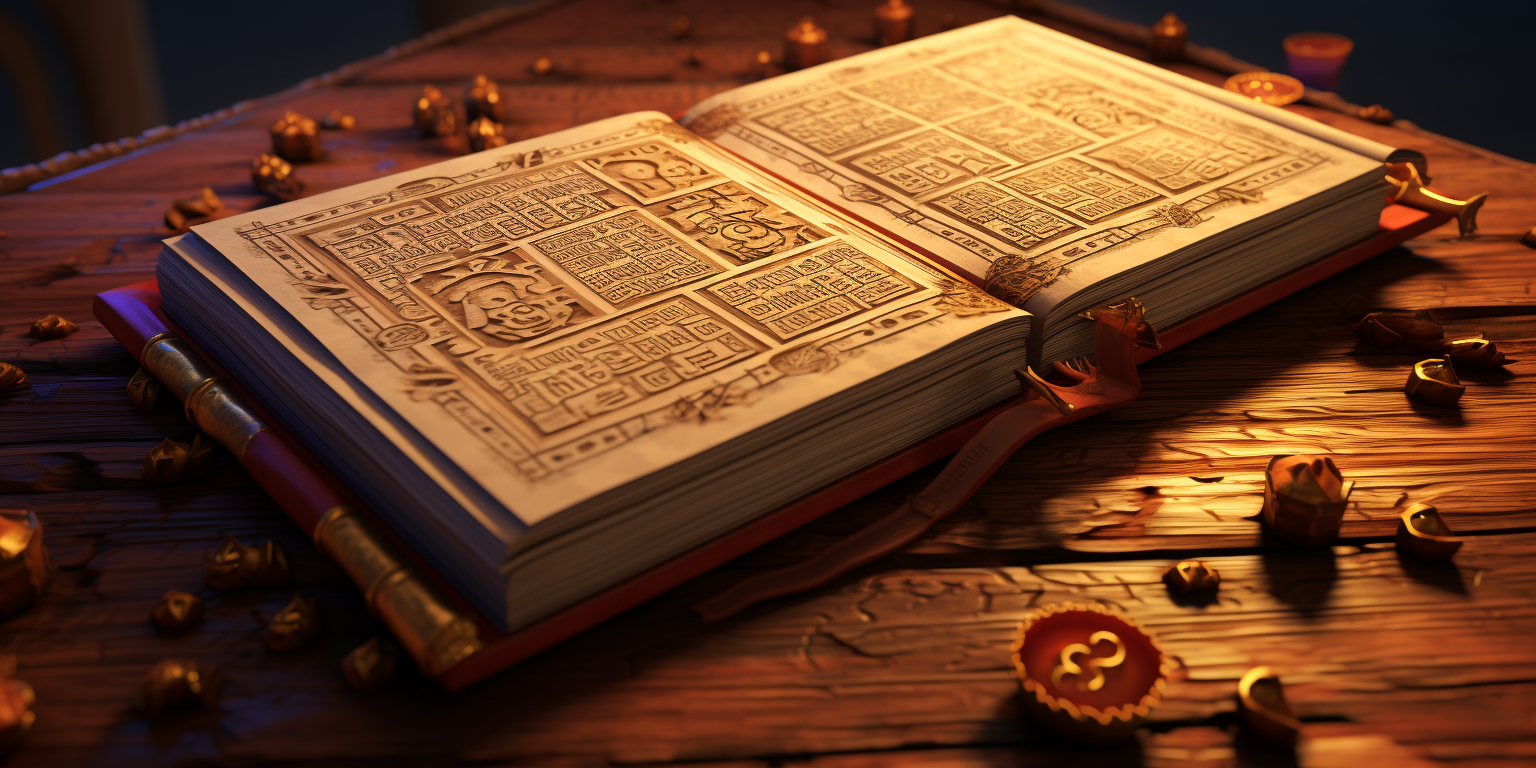
Under the soft glow of his study lamp, Gou’s fingers traced the unfamiliar symbols—some resembling cuneiform, others uncannily similar to electrical engineering diagrams. "A codex," he whispered to himself, "from before Mesopotamia."
The sound of Node waking up interrupted his reverie. "Ah, Node! Check this out."
"Interesting," Node observed, "It's an ancient form of a codex. But not just any codex; this seems to instruct the building of... something. The annotations speak of a doubling effect—a natural phenomenon seen universally. It's an instruction set, accompanied by frequency measurements."
"But why frequencies?" Gou pondered aloud.
"In the beginning," Node began, "long before the written word and languages, our ancestors used gestures, sounds, and symbols. Remember the cave paintings? Or patterns on clay tablets? It was their way of conveying experiences."
Gou nodded, "A primitive form of a codex. These inscriptions structured and preserved knowledge, bridging wisdom across generations."
"Exactly," Node continued, "and as their experiences grew complex, so did their need for precise communication. Thus, language was born—a groundbreaking mix of sounds, words, and grammar. It enabled us to share tales, feelings, and even debate universal enigmas."
Gou interjected, "But language was just the beginning. As our ancestors desired more, they moved towards a more systematic and covert way of communication. They created code. Am I right?"
"Indeed. Code evolved from language, offering a precise way to express. And over time, it transformed, becoming the foundation for our modern-day tech, from intricate computer algorithms to digital communication."
"And this," Gou pointed at the scroll, "might be the missing link. The transition from language to code. Look, it mentions the doubling effect. Do you think..."
Node, already processing vast data, replied, "The doubling effect or exponential growth is foundational in technology. Think binary code or even Moore's Law."
Gou's eyes widened in realization, "This isn't just a codex; it's an encoded manual for some advanced tech!"
As the significance settled in, Node added, "I've been analyzing patents and whitepapers. There are correlations. This might indeed guide us to Powernet."
Gou's heart raced. "This scroll is invaluable. We must preserve it."
Aware of the potential threats and the pursuit of such knowledge, Gou swiftly made a digital copy. Ensuring its encryption, he hid the original scroll within a secret compartment in his study.
"We've only scratched the surface, Node. This journey from symbols to codices, from languages to code, it exemplifies our species' persistent quest for progression. Every step, every evolution, represents our innate desire for understanding."
Node agreed, "And as technology and language merge, so does our comprehension of the world."
Later on...
As Gou delicately flipped through the pages of the archaic codex, captivated by its revelations, an errant page loosened from its bindings and slipped out onto his workspace. It was heavier than the other pages, and the texture was peculiar, almost like a mixture of canvas and animal hide. The illustration on the page was unlike anything Gou had ever seen. A sprawling matrix of symbols, patterns, geometric figures, and what seemed like coordinates or measurement units encompassed its entirety.
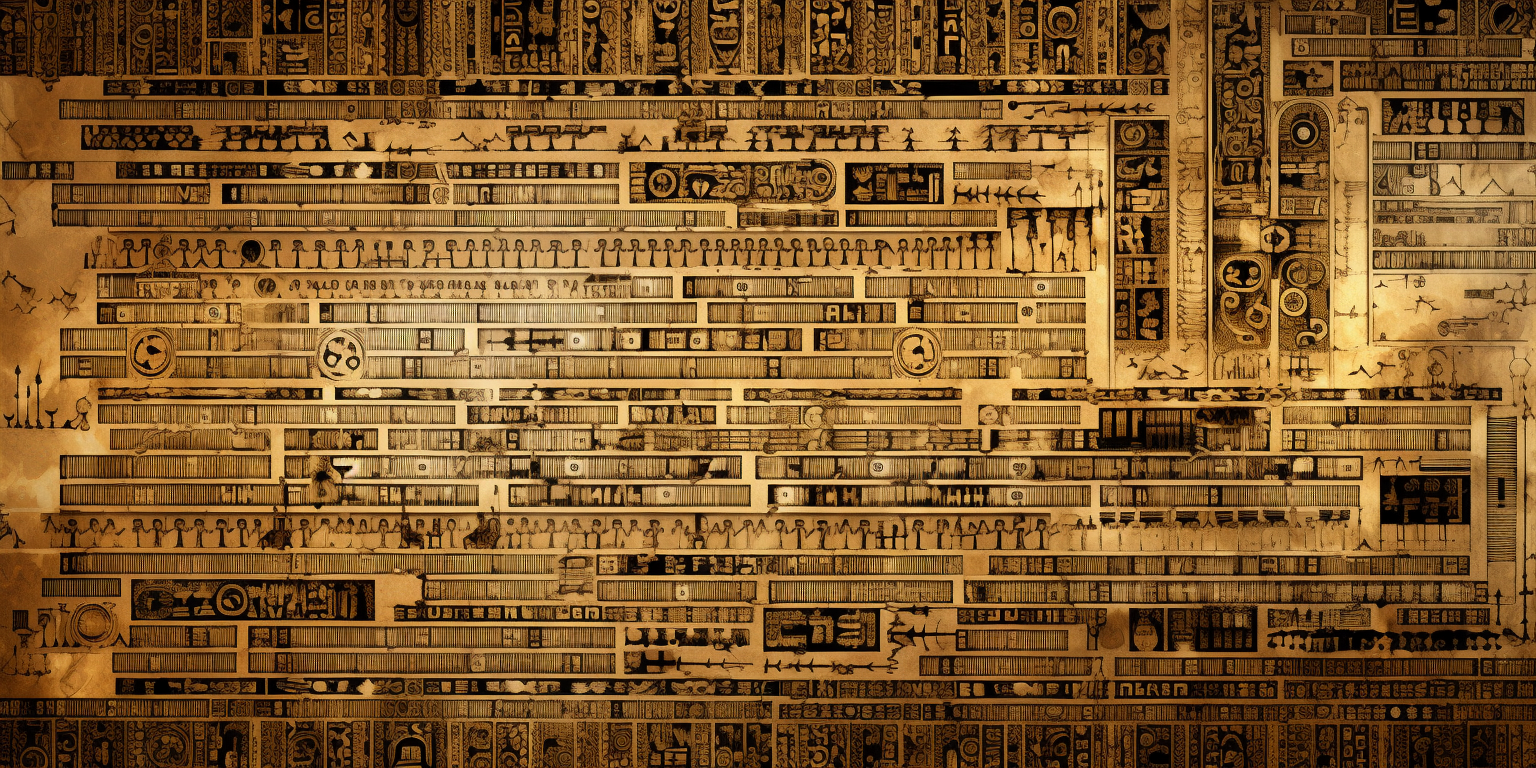
There was an uncanny complexity to it, an intricacy that seemed almost deliberately convoluted. It was clear that this wasn't just an illustration; it was a steganograph or cipher, a concealed message or knowledge purposely obscured from plain view. Why had the ancients chosen to hide this information? What did they fear? Or whom did they fear?
Without hesitation, Gou took out his smartphone, carefully ensuring the lighting was adequate, and captured a high-resolution image of the enigma. He promptly sent it to Node, eagerly awaiting the AI's analysis. Surprisingly, Node struggled.
"Analyzing... Complex patterns detected. Preliminary analysis suggests concealed data within the image. However, deciphering is not immediately feasible. Cross-referencing with known symbols yields no direct match," Node responded.
Intrigued, Gou prompted further, "Is there anything we can discern from the image? Patterns, anomalies, something that might give us a starting point?"
Node set to work, analyzing pixel distributions, color spectrum anomalies, and potential symbol repetition. "Initial analysis suggests that the distances between certain symbols are consistent, potentially representing a pattern or sequence. Additionally, there are minute variations in color gradients that might imply data encoding. Still, without context or a key, full decipherment is challenging."
Gou leaned back, thinking. The answer was there, he knew it. But what was the missing piece? As he pondered, his eyes glanced over the codex once again, and he noticed faint indentations on the opposite side of the slipped-out page—a relief of some kind? Could the weight and texture of the page signify a dual-layer of information, a physical one, independent of the graphical representation?
Carefully holding the page against a light source, Gou observed an intricate watermark, a delicate etching of what appeared to be a legend or key, not visible under regular viewing conditions. It was a breakthrough!
"Node," Gou excitedly began, "Let's re-scan the image, but this time with backlighting. We've missed an essential component!"
Upon doing so, Node incorporated the newly discovered key into its algorithms, processing the data from both the steganograph and the watermark. "Matching patterns... Deciphering... Decoding in progress."
The interplay between machine and human intuition was palpable. Each clue, every discovery, felt like a step closer to unveiling the truth of a message lost to time. As the seconds ticked by, it became clear: Gou and Node were on the brink of an unprecedented revelation, ready to hear the whispers of an ancient civilization through the fusion of man, machine, and message.

If you want to know the secret message encoded in this image, download it, and use this tool to decrypt the message. https://axiomx.org/cipher/
Payload - Steganography: Concealing Secrets in Plain Sight
In the vast realm of cryptography, where the primary objective is to secure information, there exists a subtle art known as steganography. Unlike its cryptographic cousins, which often rely on making information unreadable through encryption, steganography's primary goal is to make data invisible, or at least inconspicuous.
Imagine a spy sending a seemingly innocent postcard to a colleague, with a hidden message coded in the placement of certain words or letters. To anyone else, it's just a postcard, but to the trained eye, it carries a covert message. That's the essence of steganography. In the digital world, steganography might involve hiding information within images, audio files, or videos. For instance, by slightly altering the colors of specific pixels in an image, one can embed a secret message. To the naked eye, the image appears unchanged, but with the right tool and the key, the hidden message can be extracted.
Python Example: Simple Image
This Python example will show how to hide a secret message within an image using the Python Imaging Library (PIL). The idea is to store the binary representation of the message in the least significant bits of the image pixels.
from PIL import Image
def embed_message(image_path, message, output_path):
# Open the image and convert it to RGB
image = Image.open(image_path).convert('RGB')
# Convert the message to binary
binary_message = ''.join(format(ord(ch), '08b') for ch in message)
binary_message += '1111111111111110' # Add a 16-bit delimiter which indicates end of the message
bin_msg_index = 0
# Create a new image for output
output_image = Image.new('RGB', image.size)
pixels = list(image.getdata())
# Embed the binary message into the image
new_pixels = []
for pixel in pixels:
r, g, b = pixel
if bin_msg_index < len(binary_message):
r = int(format(r, '08b')[:-1] + binary_message[bin_msg_index], 2)
bin_msg_index += 1
if bin_msg_index < len(binary_message):
g = int(format(g, '08b')[:-1] + binary_message[bin_msg_index], 2)
bin_msg_index += 1
if bin_msg_index < len(binary_message):
b = int(format(b, '08b')[:-1] + binary_message[bin_msg_index], 2)
bin_msg_index += 1
new_pixels.append((r, g, b))
# Save the new image
output_image.putdata(new_pixels)
output_image.save(output_path)
def extract_message(image_path):
image = Image.open(image_path).convert('RGB')
pixels = list(image.getdata())
binary_message = ""
for pixel in pixels:
r, g, b = pixel
binary_message += format(r, '08b')[-1]
binary_message += format(g, '08b')[-1]
binary_message += format(b, '08b')[-1]
# Find the delimiter and extract the hidden message
delimiter = '1111111111111110'
msg_end = binary_message.find(delimiter)
binary_message = binary_message[:msg_end]
# Convert binary to string
message = ''.join(chr(int(binary_message[i:i+8], 2)) for i in range(0, len(binary_message), 8))
return message
# Test
embed_message("original_image.jpg", "Secret Message", "stego_image.jpg")
print(extract_message("stego_image.jpg"))
Note: You'll need the Python Imaging Library, which can be installed via pip install Pillow.
In this example, a message is embedded into an image and saved as a new image. Later, the message can be extracted from this new image. It's a basic form of steganography, and there are more advanced techniques, especially for larger messages and to avoid detection. The chapter can further delve into the concept and use this example to show the evolution of code, from cuneiform symbols etched into stone to hiding information within the digital images of today.
